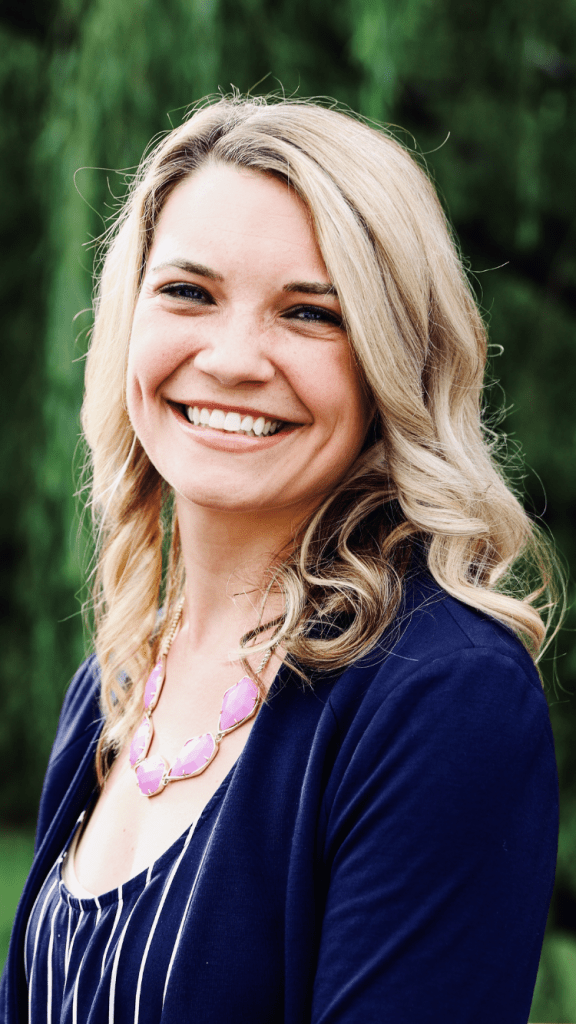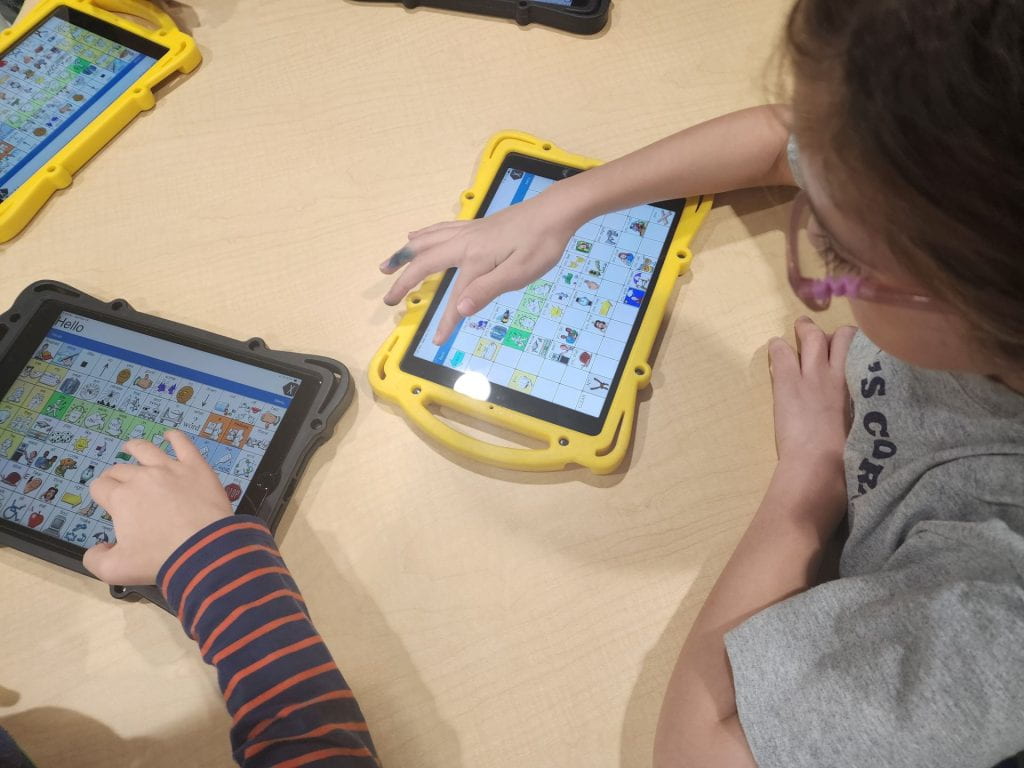
Megan Keller, Speech Language Pathologist at Algonkian Elementary School
This blog post was written by Megan Keller, Speech Language Pathologist at Algonkian Elementary School.
This year, I have been working hard on my dream of creating an adapted library here at Algonkian Elementary! My goal is to promote inclusion by providing non-speaking students or those with emerging verbal skills with the same books that their neurotypical peers have access to. I feel that often the adapted books that are available to print from online sources lack visual stimulation, plots, and fun, well-known characters. I have adapted popular books to allow them to access the language needed to share in the same literary experience as their peers. I want teachers, assistants, and families to be able to easily use the library to foster a love of books while promoting communication and literacy skills.
These books also align with the curriculum that the self-contained special education teachers are using. For example, during the month of May the students in K-2 Autism class are learning about transportation and so I have chosen to target the core word “go”. I used fun, colorful, books such as “Go Dog, Go” and nonfiction texts about vehicles to further target the word “go” and expand upon its meaning. Students can check these books out and families can read the book together! Students can also read to their teachers, assistants, friends, and family. Individuals who use Augmentative/Alternative Communication can use the corresponding icons on their device. or by pointing to the icons on each page. Those working with the students can, of course, expand on the words to model longer utterances. Each book also includes a folder containing comprehension activities, such as sequencing activities, visual comprehension questions, and picture sorts to further build language skills and interaction. I also suggest toys and activities to use to reinforce mastery of these core words through play.
We plan on hosting some family coffee talks next year to discuss promoting literacy and communication at home using this library as a foundation. It’s a work in progress, but I’m excited to watch it grow!

Ideas for how to incorporate the Word of the Week

Core Word Buckets

Word being practiced is placed on the page

Games, toys, and books are all used to teach the meaning of the core vocabulary word and beyond!






